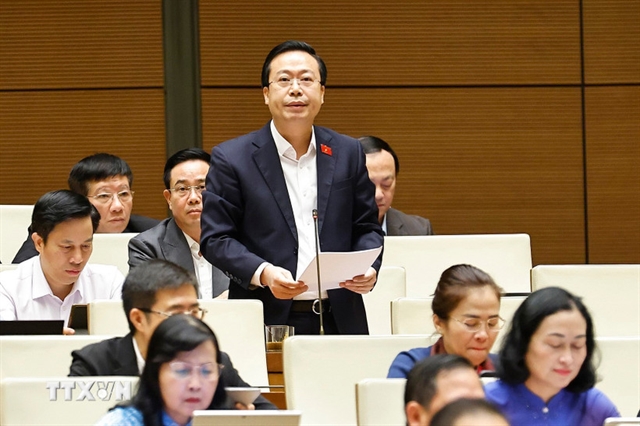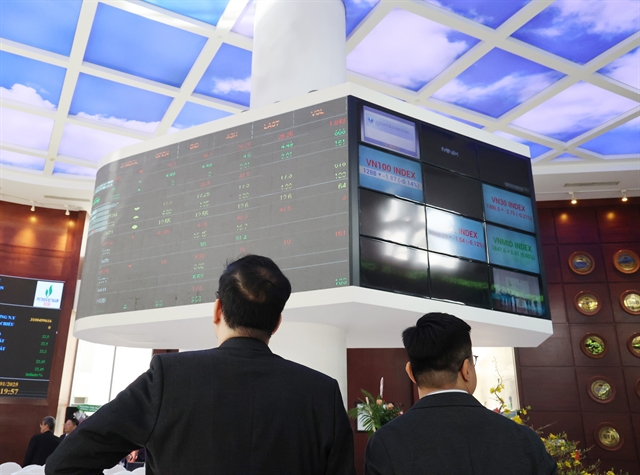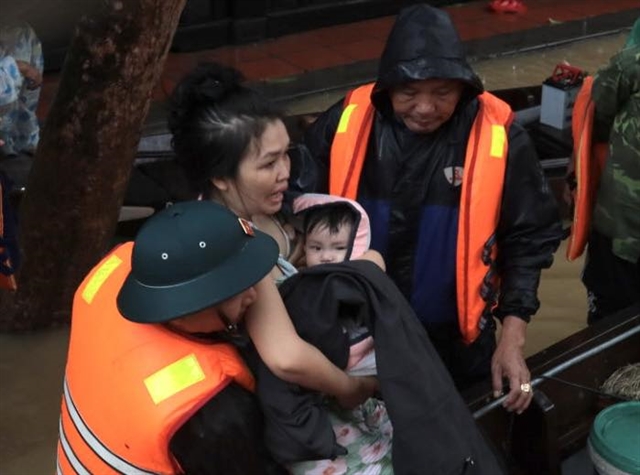 Sunday/Weekend
Sunday/Weekend

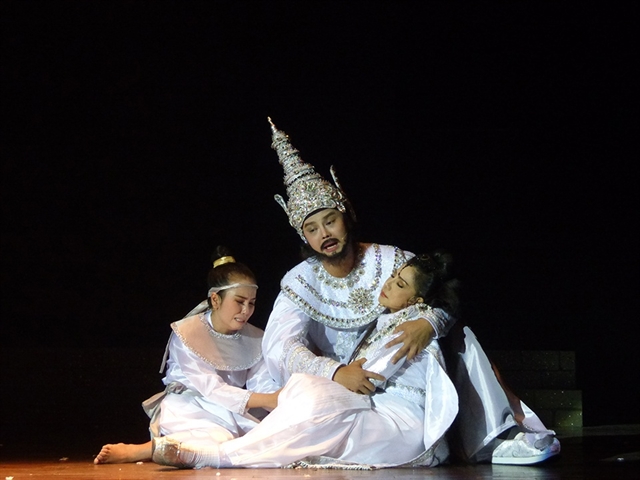 |
| SOUTHERN THEATRE: Actors of HCM City’s Đại Việt Theatre perform in a new version of the famous 'cải lương' (reformed opera) play 'Nàng Xê Đa' (Sita), depicting love and jealousy. – Photo courtesy of the theatre |
By Thu Anh
Traditional art troupes in HCM City will make tours to offer a taste of southern theatre for audiences in Hà Nội and central provinces this month.
The private art troupe Đại Việt will stage Nàng Xê Đa (Sita), a cải lương (reformed opera) play by talented director Hoa Hạ.
The play, adapted from the ancient India epic poem Ramayanna, depicts the love between Sita and her husband, who destroys his love and marriage with his extreme jealousy.
Meritorious artist and cải lương star Phượng Loan and her younger colleagues Võ Minh Lâm and Phương Cẩm Ngọc will play lead roles.
Nàng Xê Đa was written for chèo (traditional opera), a form of Vietnamese theatre in the North, by the late scriptwriter Lưu Quang Vũ. The play became a phenomenon in the industry after its release in Hà Nội in 1982.
In 1984, Nàng Xê Đa was first staged in a cải lương (reformed opera) version in HCM City. The play had 1,800 performances in the city and southern provinces.
In the new version staged by actors of Đại Việt, Nàng Xê Đa introduces cải lương in both old and new styles.
“Our actors will offer true cải lương, a traditional genre of southern theatre which began in the early 1920s in the Mekong Delta region, with modern techniques of performance,” said the play’s director Hạ, who has 25 years of experience in the industry.
Hạ gathered more than 40 actors to play in her show, including young talents because she wanted to “refresh the play".
“We will introduce the art of cải lương closer to capital Hà Nội's audiences,” she said in an interview with Người Lao Động (Labourer) newspaper before the premiere scheduled for September 26 in the city’s Opera House.
“We hope audiences in Hà Nội will learn more about the South’s history and culture through cải lương,” she added.
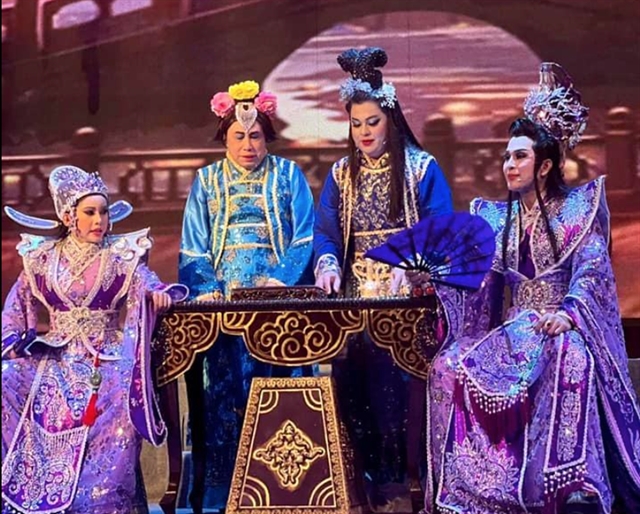 |
| ON TOUR: The private Huỳnh Long Tuồng Troupe offers shows of 'tuồng' (classical drama), a Vietnamese traditional theatre genre that originated in the 12th century, in Đà Nẵng City.. Photo courtesy of the theatre |
The Huỳnh Long Tuồng Troupe will offer shows of tuồng or hát bội (classical drama), a Vietnamese traditional theatre genre that originated in the 12th century, in Đà Nẵng City.
A series of famous classics featuring historical events written by late veteran artist Bạch Mai, the troupe’s founder, will be restaged in new versions.
Mai played a key role in the development of Vietnamese theatre as she wrote, directed and performed in 60 plays in tuồng and cải lương.
Her plays highlight patriotism and loyalty.
Mai established the Huỳnh Long Tuồng Troupe in 2017. Her troupe is now managed by her daughter, actress Bình Tinh, who has 20 years working in the art.
Tinh and her actors will stage Ngô Quyền và Chiến Thắng Bạch Đằng Giang (General Ngô Quyền and the Victorious Bạch Đằng River Battle) in Đà Nẵng in late September, after performing 11 shows in Quảng Nam Province last month.
The play features the victorious battle, launched by Vietnamese Gen Ngô Quyền's troops on the Bạch Đằng River in 938 against the Chinese invaders under the Southern Han dynasty.
Quyền’s troops planted iron-headed wooden stakes, invisible during high tides, into the river bed. After Quyền launched a counter-attack at low tide, the enemy's large boats were wrecked as they were pierced by the stakes.
The victory of Bạch Đằng ended 1,000 years of Chinese domination, opening a period of Việt Nam's independence and sovereignty.
“For our tour to central provinces, we are working to add modern styles to tuồng to meet the taste of young audiences,” said Tinh.
Tinh will use 30 actors for her troupe’s tour in Đà Nẵng. The artists planned to travel to offer their art to people living in rural areas. — VNS

